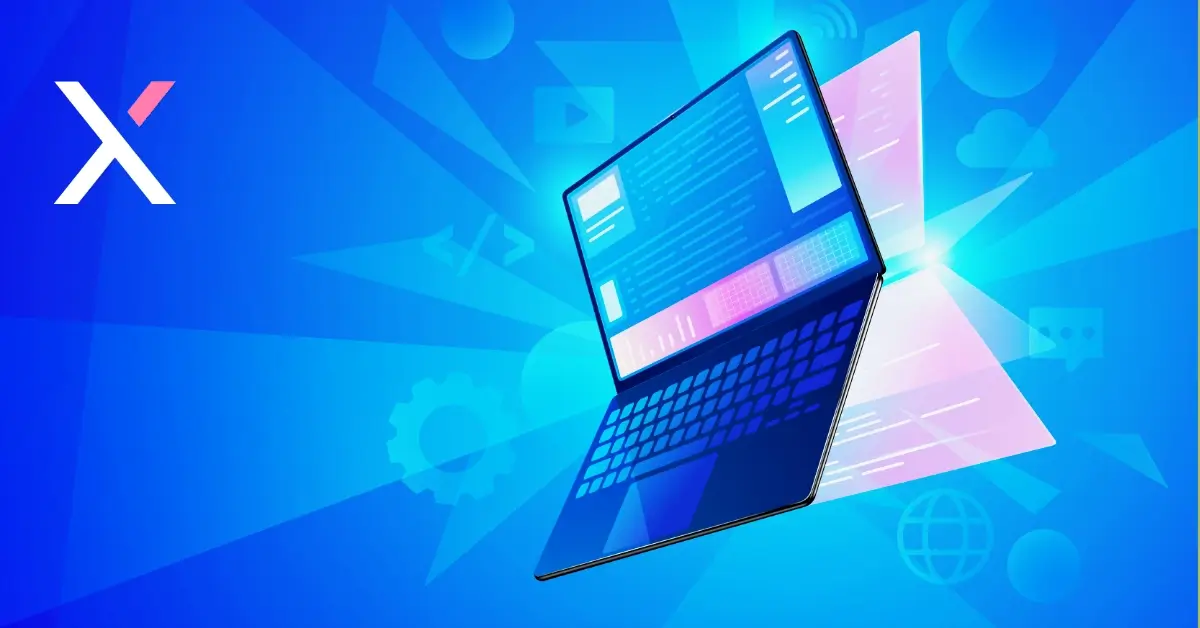October 14, 2025. That’s the end-of-life (EOL) date for Windows 10.
That will close out its 10-year run when it retires. It’s 2 years away, which may seem like a long time, but that time will go quickly, and it should also be factored into what the next steps for your business are.
Windows 11 currently sits at a 20% adoption rate, which means there’s a very good chance you are still using Windows 10 in your business.
How does Windows 10 EOL affect your business?
The good news is you do in fact have 2 years to prepare. The other good news is that computers running Windows 10 don’t instantly stop working when support ends.
Existing security patches will remain in place, but no new security patches will be available. New features are now out the window (pun not intended) as Microsoft is only focusing on Windows 11 as far as development and innovation are concerned.
The reality though is that sooner or later, you need to update to Windows 11.
Updating to Win 11 now can be better, here’s why:
Feature Benefits
The most obvious reason is that you get all the new features of Windows 11. What improvements does Windows 11 have to offer?
You get enhanced performance. Windows 11 is designed to optimize efficiency and performance across various devices, providing businesses with faster and more efficient technology.
You get a more enjoyable UX (User eXperience). The interface of Windows 11 has been refreshed with a modern look, offering improved navigation and customization options.
You get a huge increase in security. Windows 11 incorporates Microsoft’s latest advanced security features, making it more challenging for cyber criminals to compromise your system.
You can integrate with the cloud easier. Since it’s a modern OS, Windows 11 seamlessly integrates with a wide range of cloud-based services, facilitating collaboration among team members and boosting your business’ productivity.
Planning & Budgeting
Another reason you should consider upgrading now is that it might take some time to plan and budget it. You really want to be looking at what it would be like if you flipped the switch today, and how that would affect your business.
If there are specialized software or hardware devices being used in your business, you need to know if they are 100% compatible with Windows 11. It might surprise you that after one and a half years, many software developers have still not refreshed their products for Windows 11. You need to be in touch with them and see when they plan on updating, or perhaps even seeking out a different provider.
Hardware can be a big concern too. One primary reason that Windows 11 sits at 20% adoption (which is lower than Windows 10 at 33% during the same timeframe) is that the hardware requirements are a bit steeper than old computers can handle. That rules out a lot of upgrades.
If your computers are more than 5 years old or only have 4GB of memory, then they simply won’t be able to run the newest version of Windows. The biggest stumbling block is the requirement for a TPM security chip that older computers don’t have, and newer computers might not have enabled.
What this likely means is that you will need to upgrade your computer workstations to newer hardware. You’ll probably want to spread that process out, both for logistical reasons and financial ones.
There’s a lot to consider with updating to Windows 11, and planning out a big project like this is critical to not affect your operations. If you want some assistance, reach out because that is one of the ways we help customers like you every day.
